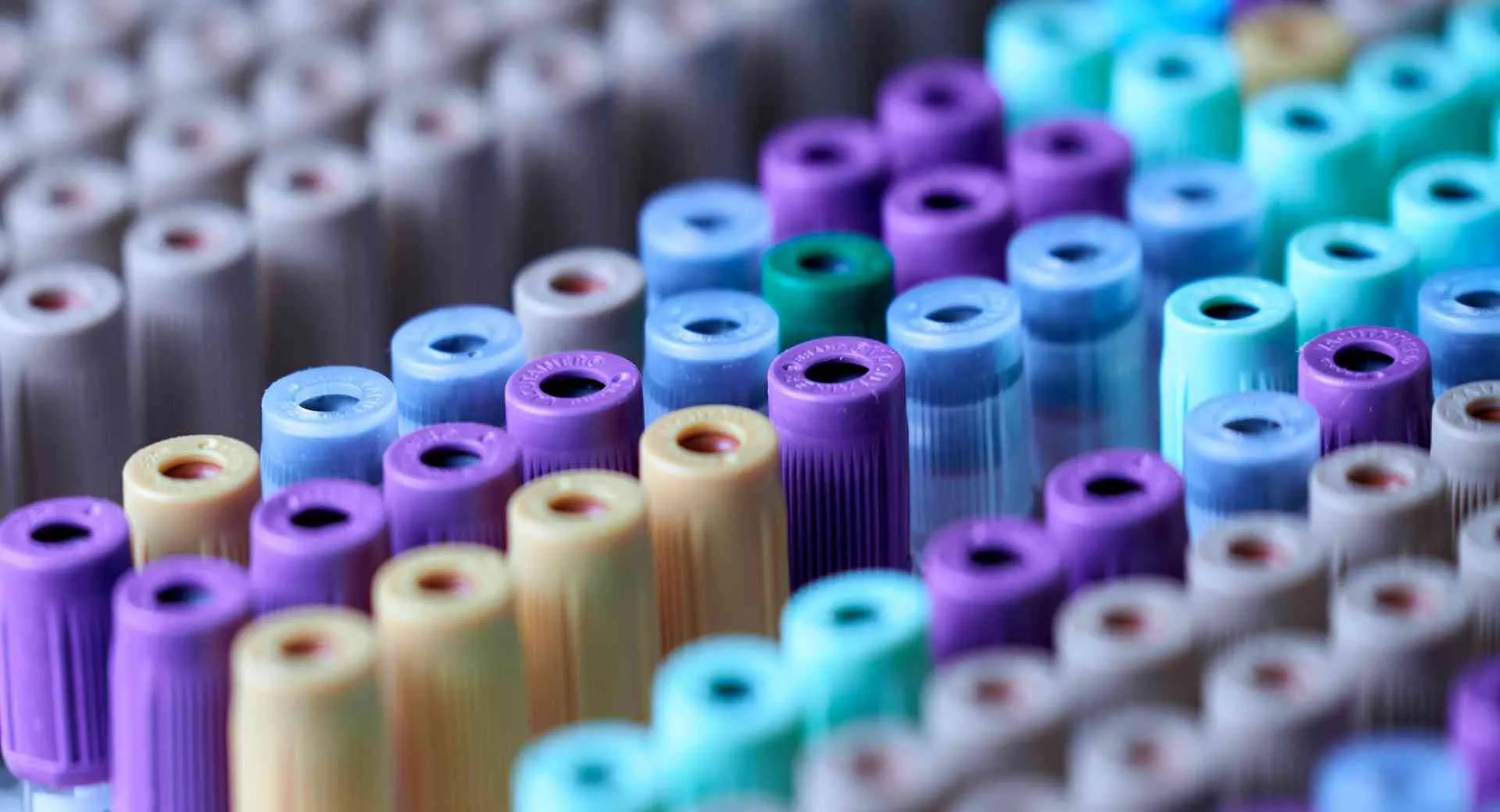PEG Polylysine Graft Copolymer
Description
PEG-g-PLL is a graft copolymer of poly(L-lysine) PLL with PEG conjugated to the side chains of lysine through stable amide bonds. The amide bond forms between the amine of lysine and the carboxylic acid of PEG. The g (grafting) ratio is defined as the number of PEG per PLL.
PEG-g-PLL is positively charged at physiological buffer pH and can be used for delivery of DNA and RNA. It is an effective transfection reagent and also a good choice for drug delivery. MW of 6k, 12k and 32k of the PLL corresponds to roughly 50, 100 and 250 lysine repeating units. The indicated MW does not include the counter ions. Counter ions for the lysine units are chloride (Cl from HCl hydrochloric acid). PEGylated poly(L-lysine), we provide custom synthesis for PEG-g-PLL with a variety of MW options; PEG MW could range from 1,000 Da to 30,000, and we can control the molar ratio of PEG to PLL, i.e. # of PEG per PLL polymer. The product is typically supplies as the HCl salt but can be made with other counter ions (TFA salt or HBr salt) or no counter ion.
References
1. Polyionic complexes of butyrylcholinesterase and poly-l-lysine-g-poly(ethylene glycol): Comparative kinetics of catalysis and inhibition and in vitro inactivation by proteases and heat, Chemico-Biological Interactions, 2017, Pages 86-94, Text.
2. Effect of redox-responsive DTSSP crosslinking on poly(L-lysine)-grafted-poly(ethylene glycol) nanoparticles for delivery of proteins, Biotechnol Bioeng. 2020, DOI: 10.1002/bit.27369
Click here to view an expanded list of hundreds of publications citing Creative PEGWorks products.


